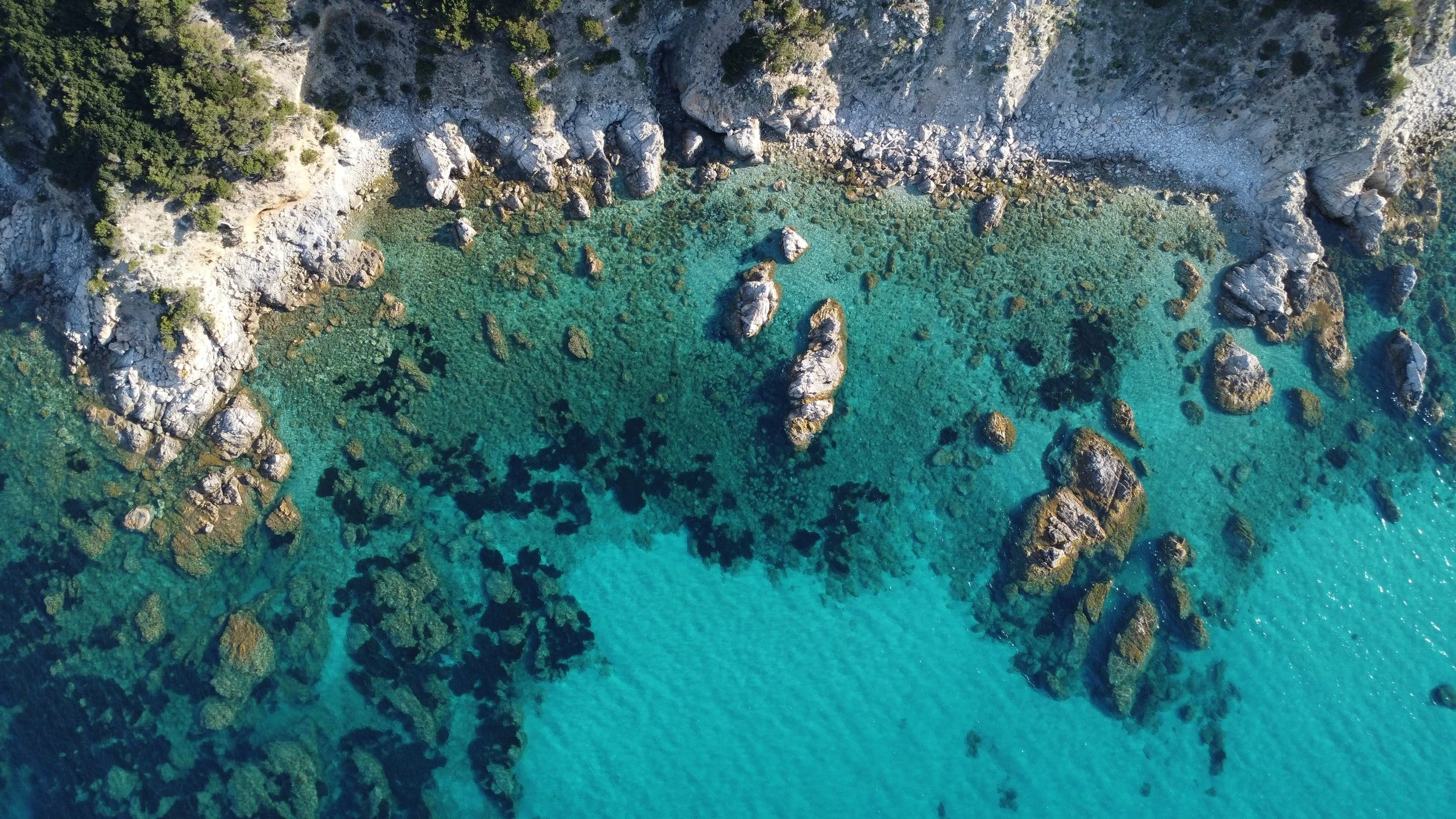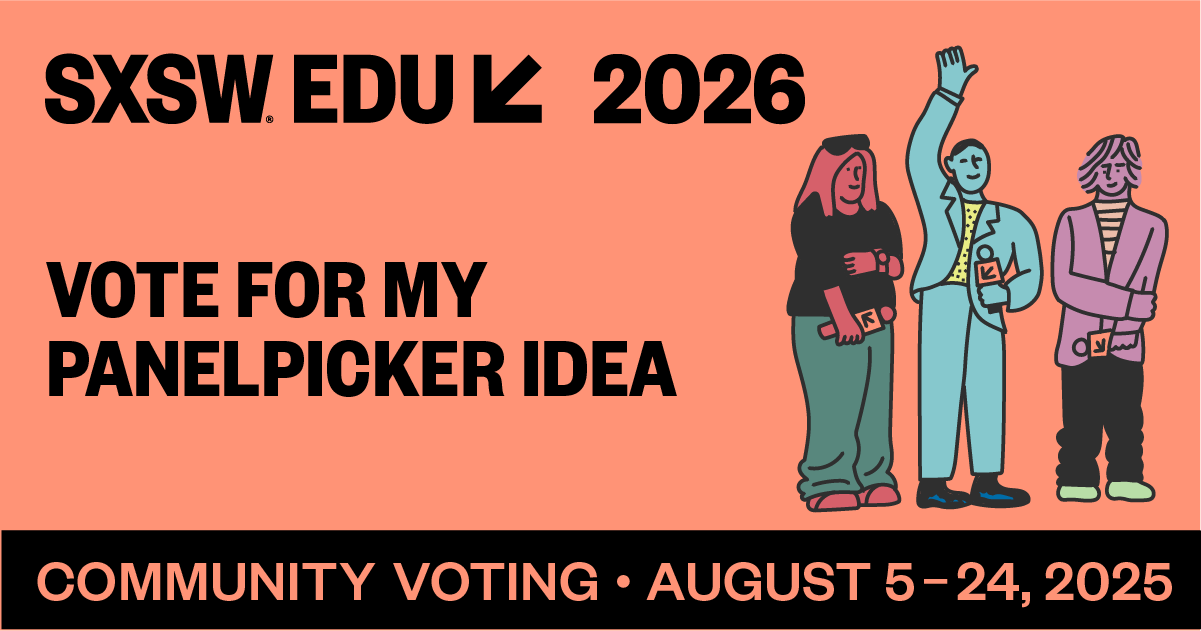Wonder, Place & What Comes Next
Cala del Sonno, Golfo Aranci
Greetings from Sardinia,
Here on the northeastern coast, August is in full swing, yet my thoughts are already turning to the months ahead and to the power of place in learning, not just as a physical location, but as something that shapes our experiences, perspectives, and possibilities. From the shores of Sardinia to the streets of Reggio Emilia and the sculpture gardens of Princeton, I’m reminded how every place, natural or built, can shape how we think, dream, and connect. Each space tells a story, and those stories become part of how we learn, teach, and grow.
Whether you’re deep in holiday mode or already preparing for the new school year (as many of our colleagues in Northern Europe are), we’re excited to share a few important updates and invitations. From films and workshops to upcoming events and global collaborations, here’s what’s been happening—and what’s ahead.
1. What if Wonder Was the Curriculum? | A Look Back at June in Reggio Emilia
In June, we hosted a group of wonderful educators from three continents in Reggio Emilia for The Hundred Languages of Educators—a week of shared inquiry, creative exploration, and reflective practice.
We walked the city. We worked with materials. We asked questions.
Together, we explored what happens when professional learning becomes creative, reflective, and relational. When we treat the city as a classroom. When we learn with our hands, our hearts, and each other.
We looked into art, creativity, architecture, and pedagogy through hands-on workshops, reflective city walks, ateliers, and shared meals. We listened, observed, and imagined what education can become when we allow ourselves to slow down, pay attention, and create together.
This short film is a small window into that week.
It’s beautiful.
It’s not a 30-second Instagram reel - it’s six minutes. I wrote a short thank-you note on LinkedIn—see it here.
But it will be worth your time.
Whether you were there with us or are just discovering what we do, we hope the film offers inspiration and a sense of what becomes possible when educators from different cultures and contexts come together to think, feel, and wonder.
2. Bringing Wonder to the World Stage – Vote for Our SXSW EDU Session
Together with A.J. Ernst, we’ve submitted a proposal for SXSW EDU 2026—one of the world’s most influential education events and our session is now officially in the running!
What is SXSW EDU?
Held each year in Austin, Texas, SXSW EDU brings together thousands of educators, researchers, and changemakers from around the world to explore the future of learning. Past speakers have included Brené Brown, Sir Ken Robinson, Temple Grandin, and Sal Khan, alongside educators and practitioners offering fresh, provocative perspectives.
Our Session:
The Light, The Child, and The Pinecone: What if wonder was the curriculum?
Rooted in creativity and inspired by Reggio Emilia, in our hands-on workshop, we invite educators to ask:
What if wonder was the curriculum?
We’ll explore:
Curriculum as a space of possibility, shaped by curiosity, place, and time.
Professional development as a creative, relational process of reflection and shared encounters.
Learning environments that leave room for play, emergence, and the unplanned.
How You Can Help
Session selection includes public votes (30%), and voting is now open!
If you believe that curiosity, creativity, and meaningful encounters should shape the future of education, we’d love your support.
🗳️ Vote for Our Session & Leave a Comment & Share with Your Network
🔗 Join the Conversation on LinkedIn
We also shared a post about our proposal. Feel free to leave a comment or share it with your community.
Let’s make space for wonder on the world stage—together.
3. Explore Our Updated Website – Start with the Books
Over the summer, we’ve been quietly updating our website. It’s still very much a work in progress, but we’re excited to open the doors and invite you to explore.
One section we’re especially proud of?
Our new Book Recommendations—a growing list of thought-provoking reads that inspire our work and challenge us to think differently about education, creativity, and learning.
From philosophy and pedagogy to art, design, and social change, these books have sparked conversations, shifted perspectives, and shaped the way we approach professional learning.
We’ll continue to add to the list over time—and we’d love to hear your suggestions too.
If there’s a book that has challenged your thinking, sparked your imagination, or shaped your approach to teaching and learning, let us know. We’re always curious about what others are reading, and we’d be delighted to feature contributions from our community in future updates.
Take a look at the list here.
And while you're there, feel free to explore the rest of the site. We’ll be sharing more updates soon—including new projects, upcoming events, and ways to connect.
4. What’s Next? Two Themes, Two Locations
Il Borgo del Balsamico, Albinea / Reggio Emilia | June 2025
We’re currently working on two new learning experiences for 2026, each exploring how place, creativity, and pedagogy intersect in meaningful ways.
Theme 1: Art, Architecture, Creativity, and Pedagogy
This experience will take place in two very different locations:
– We’ll return to Reggio Emilia, a city that continues to inspire our work
– And a surprise location across the Atlantic
In both places, we’ll explore how art and architecture shape educational spaces, how creativity fuels learning, and how pedagogy can be reimagined through materials, design, and shared experience.
Theme 2: Place-Based Learning – The City as Atelier
This experience will take place in Reggio Emilia, where we invite participants to see the city as a classroom, as an atelier—a space for inquiry, imagination, and relational learning.
We’ll walk, observe, listen, and create—asking how place influences what and how we learn, and how local context can shape global thinking.
Both experiences are designed for small, international groups of educators, creative, reflective, and relational at heart.
In June, we welcomed educators from three continents. In 2026, we aim for five.
We’ll limit each group to 25 participants, with 10 spots available through Erasmus+ funding to ensure space for diverse cultures and contexts to come together.
📩 Let us know you’re interested and send us an email to info@educademy-eu.com
More details coming soon… but for now, consider this your early invitation.
Thank you for being part of our community.
We’re excited about what’s ahead—and we hope to learn, create, and wonder together in the coming months.
Warm wishes,
Ozgen from Educ@demy
P.S. Don’t forget to vote for our SXSW EDU session and explore our growing book recommendations list—we’d love your support and suggestions!
Inspiring Creativity Through Everyday Objects: A Reggio Emilia-Inspired Approach
How can we nurture creativity in education? How do everyday objects become tools for thinking, learning, and expression?
How can we nurture creativity in education? How do everyday objects become tools for thinking, learning, and expression?
At the beginning of this month, we hosted a webinar titled “Inspiring Creativity Through Everyday Objects in the Classroom,” where we explored how simple, everyday materials can unlock rich learning experiences and spark creativity. The response and engagement were inspiring—and we’re excited to keep the conversation going.
This article is a follow-up to that session, created to support educators who want to dive deeper into creativity, creative thinking, and the Reggio Emilia Approach. Whether you joined us live or are just now joining the journey, we hope this guide offers both inspiration and concrete next steps.
Creativity and Creative Thinking
Creativity has long been seen as a spark of genius—an individual moment of inspiration. But research increasingly shows that creativity is not just about intelligence or talent; it is deeply connected to our emotions, social interactions, and environments (Ivcevic & Kaufman, 2017).
When educators create emotionally supportive spaces filled with open-ended materials, they cultivate an atmosphere where students feel safe to take risks, make mistakes, and explore possibilities. This aligns closely with the Reggio Emilia Approach, which views creativity as an evolving process shaped by relationships, curiosity, and hands-on exploration.
What if we reimagined our classrooms as creative studios, where everyday objects become invitations to think, experiment, and express ideas? This article explores how to nurture creativity through materials, offering a curated list of resources—books, TED Talks, academic articles, and online tools—to support educators on this journey.
The Power of Everyday Objects in Learning
The Reggio Emilia Approach teaches us that children communicate through a hundred languages—drawing, storytelling, movement, construction, and more. The materials we offer shape their explorations. A simple bottle cap, a piece of string, or a recycled box can ignite curiosity and problem-solving when approached with an open mind.
Rather than seeing materials as static objects, we can view them as invitations to think, experiment, and express ideas. For example:
Loose parts (buttons, fabric scraps, natural materials) encourage open-ended play.
Repurposed materials challenge children to think critically about sustainability and design.
Unexpected textures and objects introduce new sensory experiences and storytelling opportunities.
By integrating materials in intentional ways, educators create environments that spark creative thinking and collaboration.
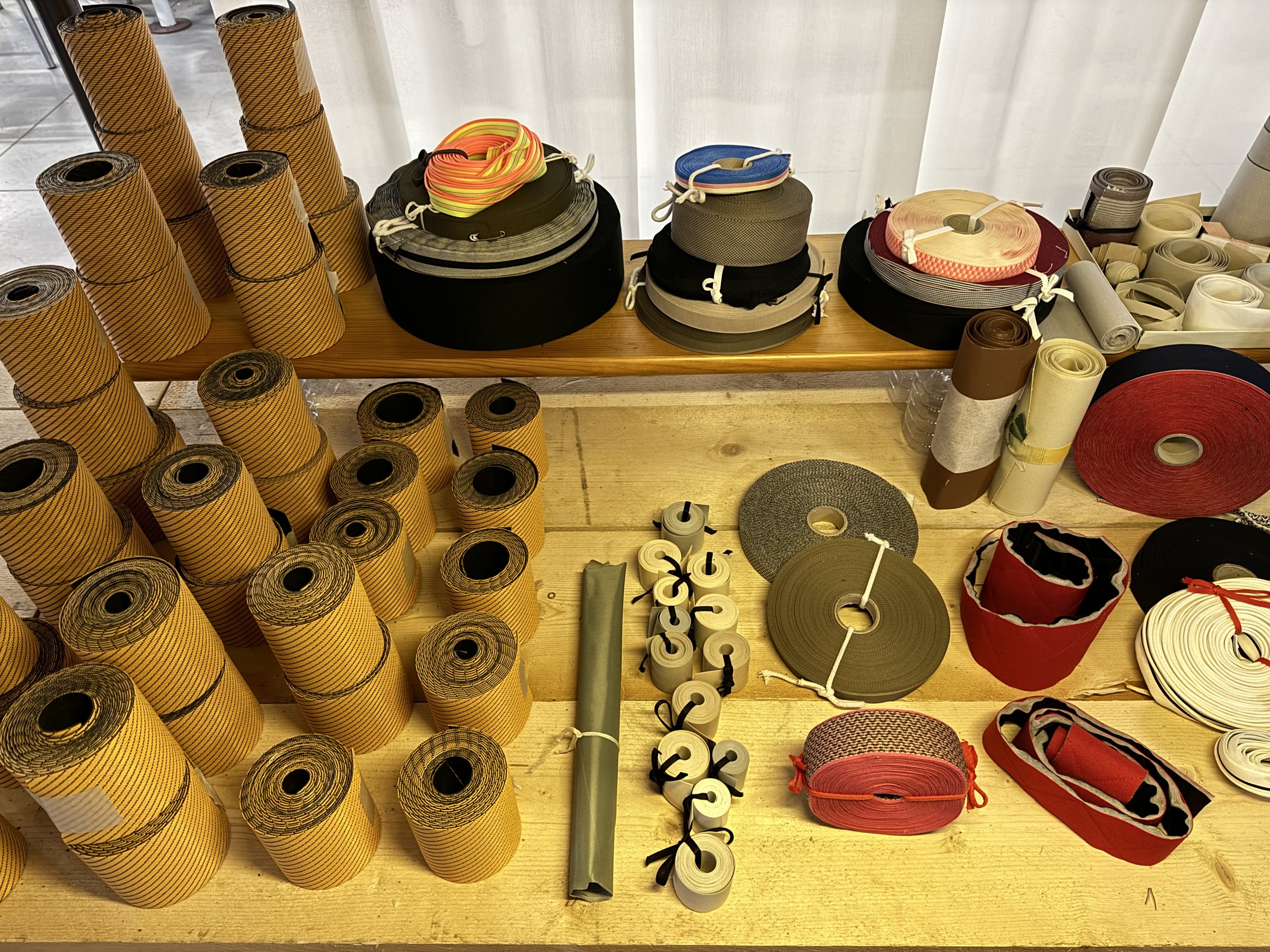
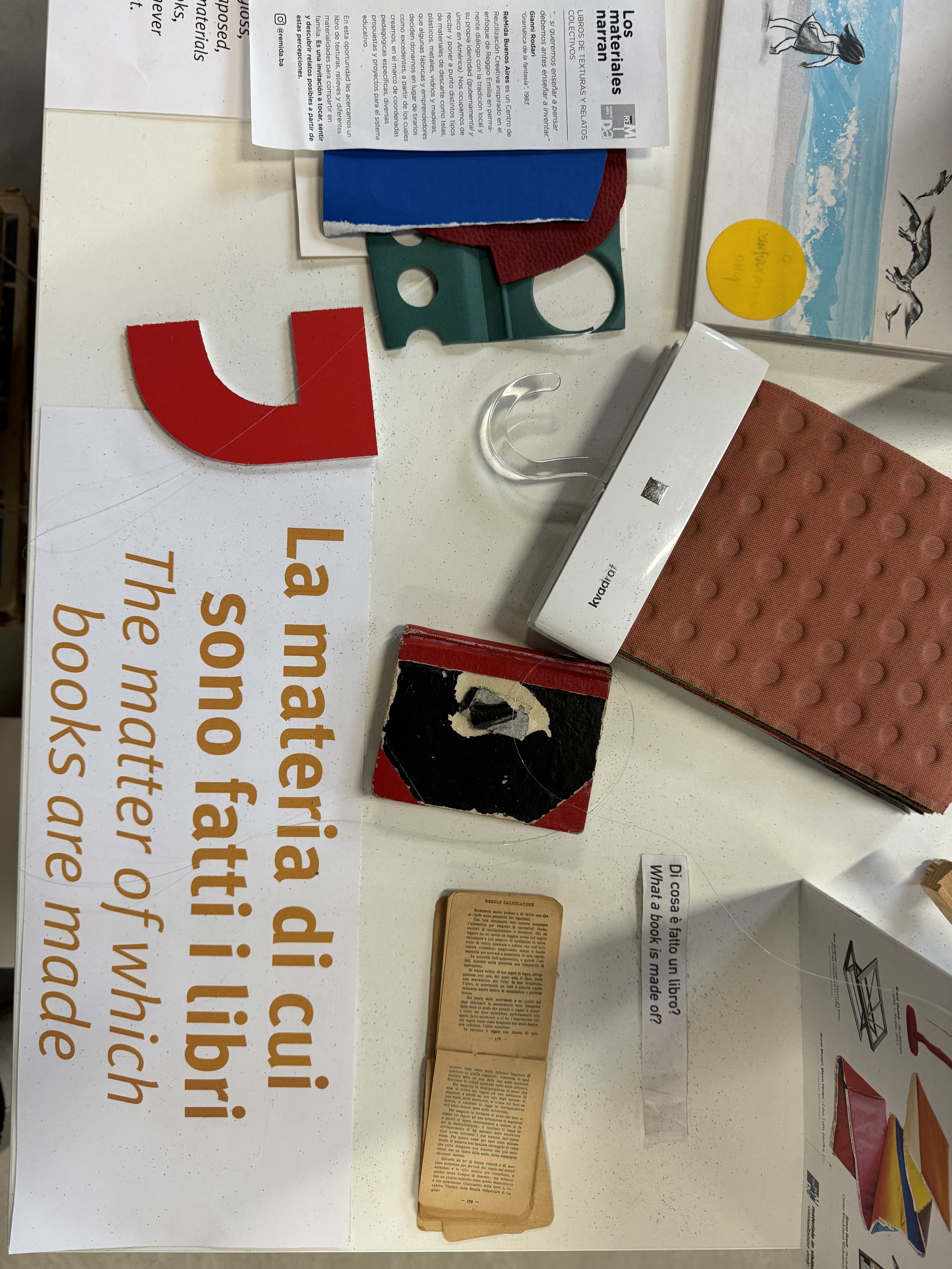
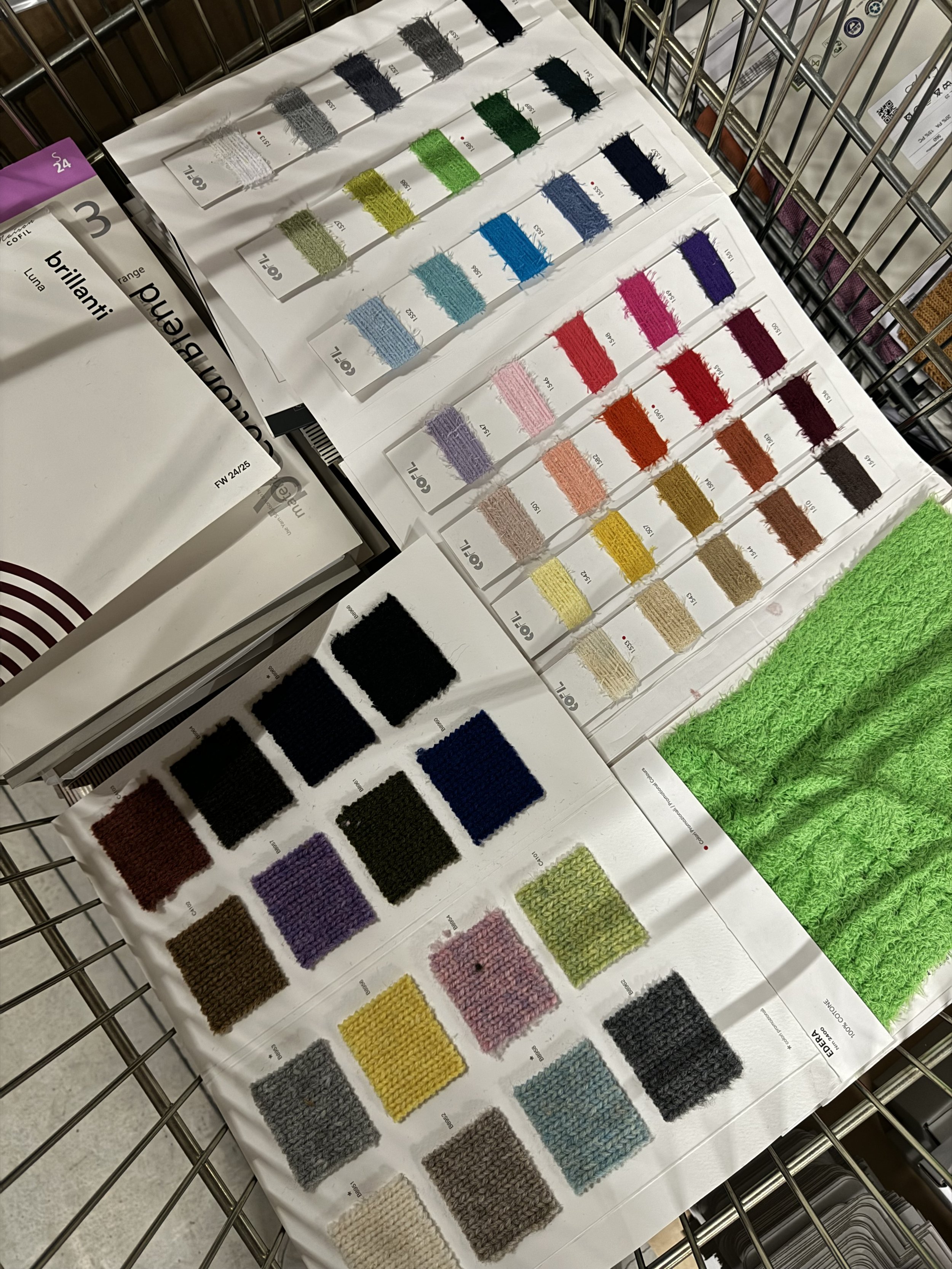
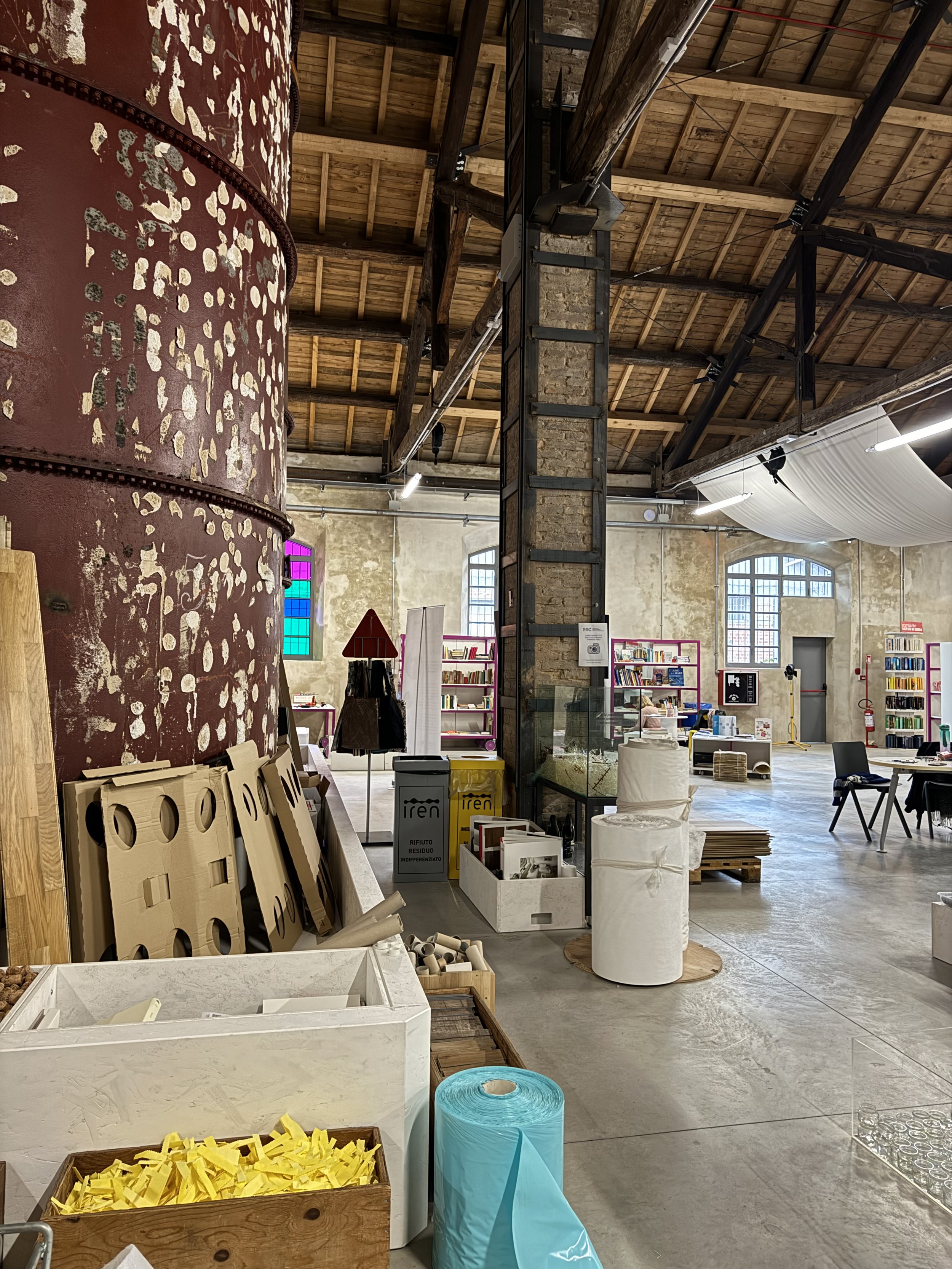

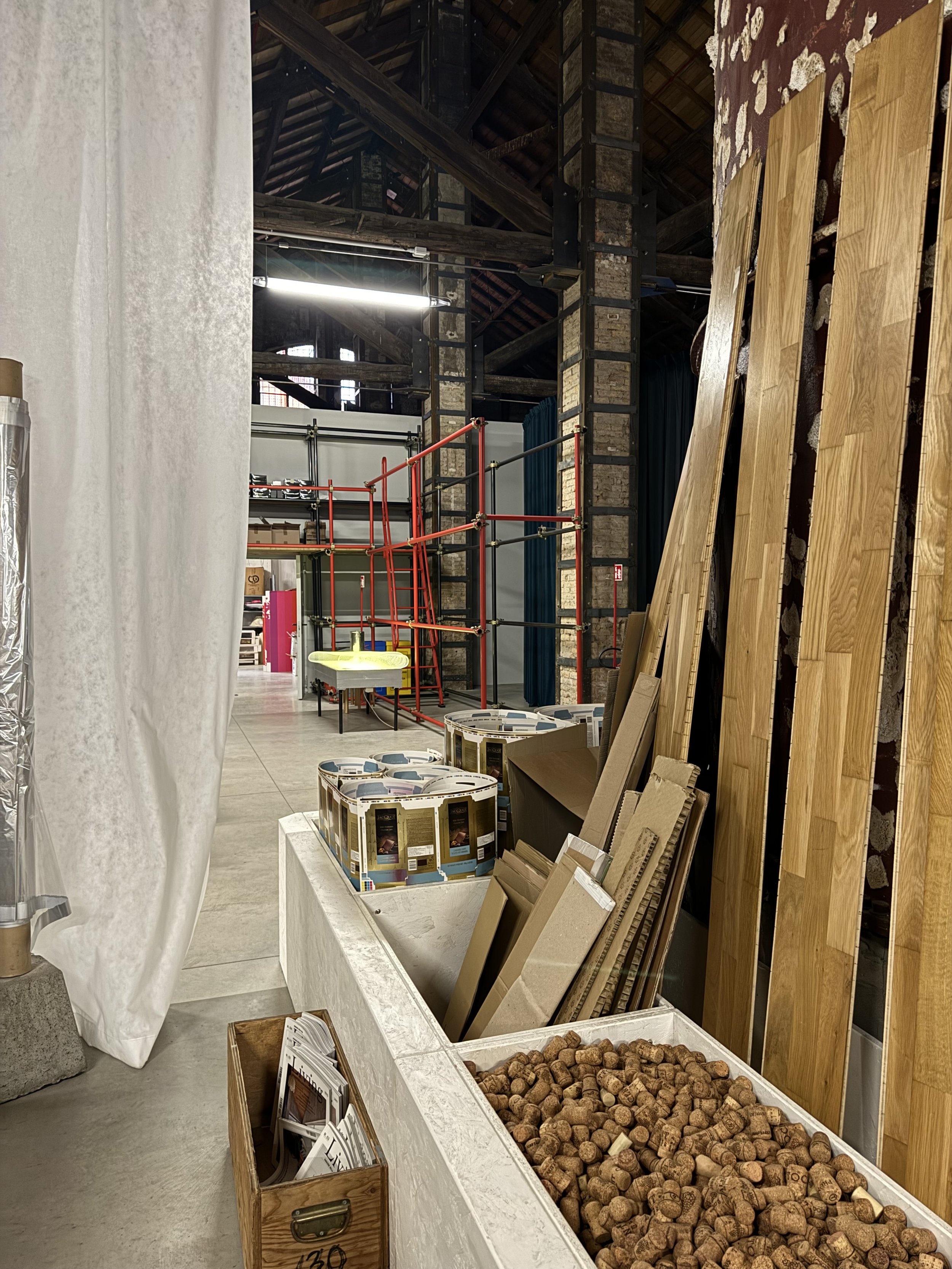
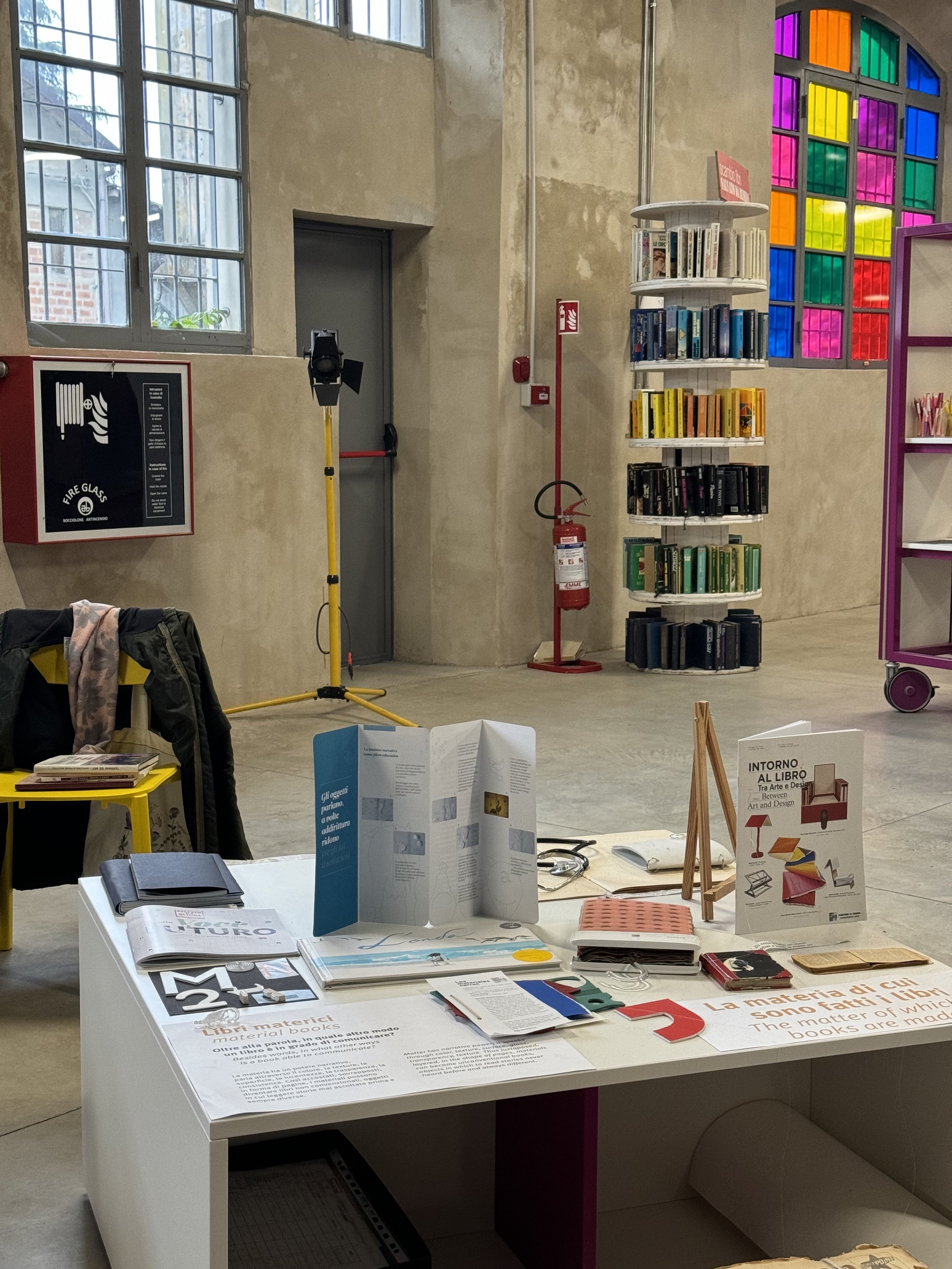
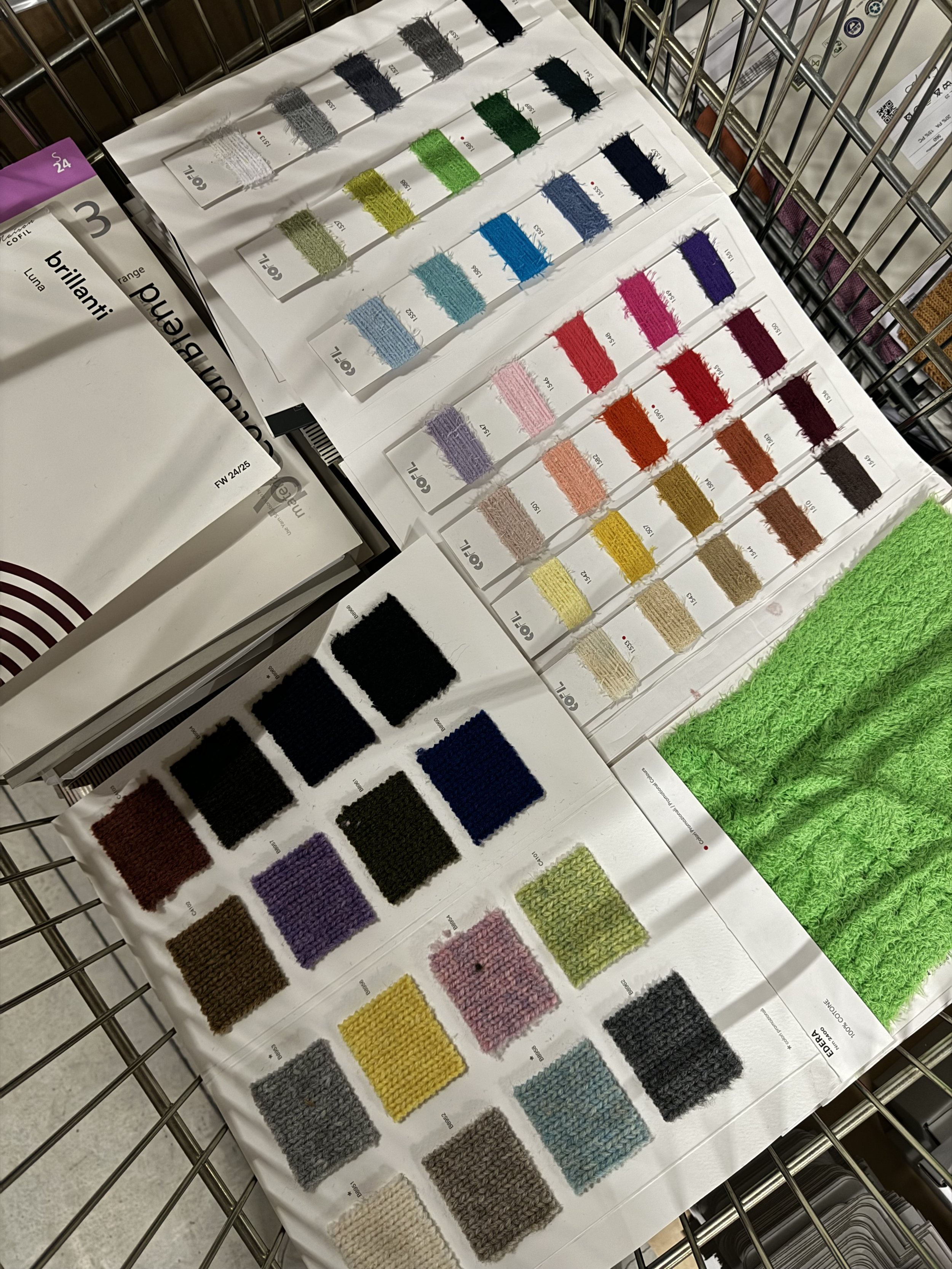

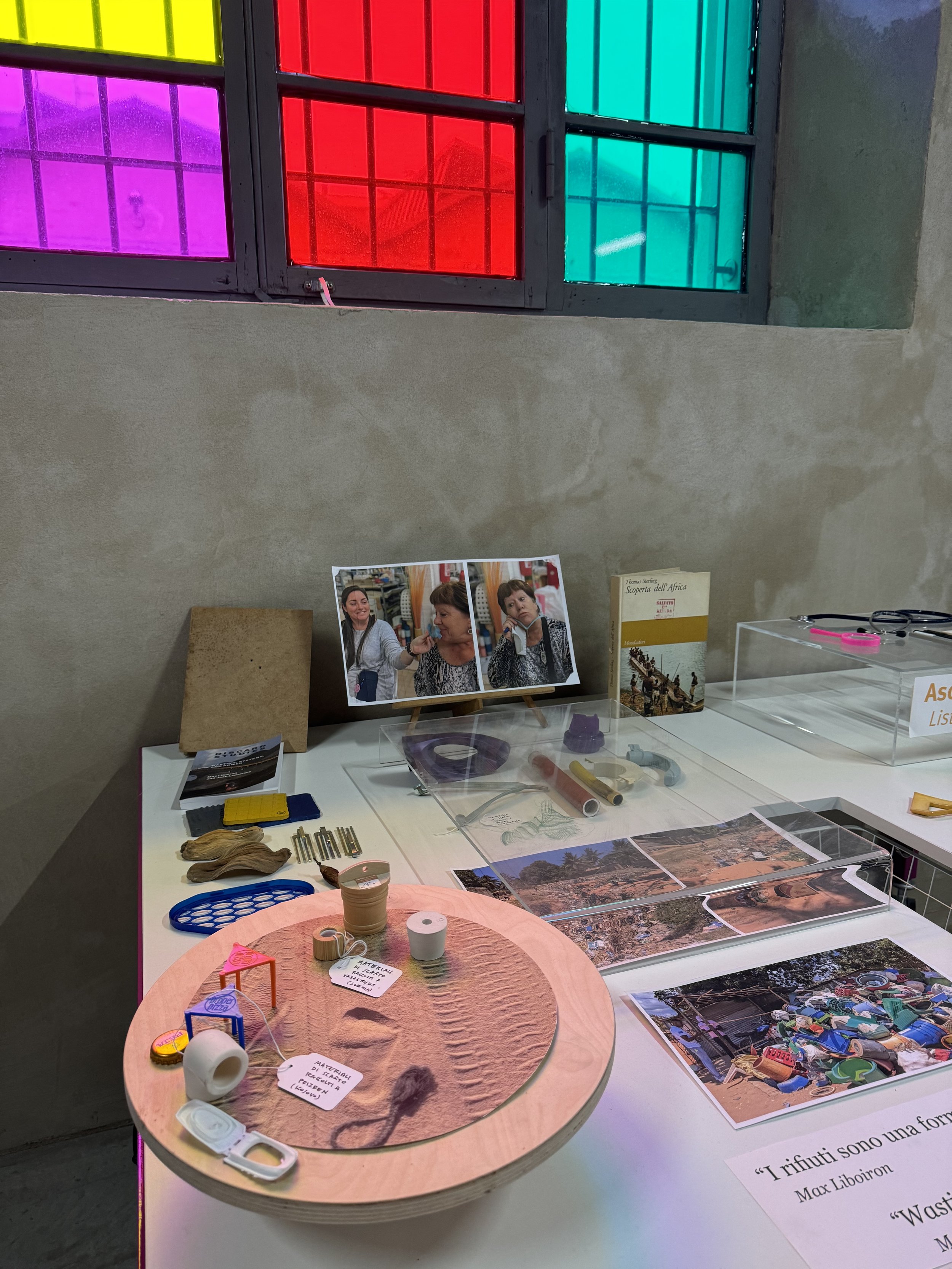
A Glimpse Inside REMIDA, Reggio Emilia
These are my own photos, taken during a visit to REMIDA – The Creative Recycling Centre in Reggio Emilia, Italy, in October 2025.
REMIDA is a space that reimagines waste as potential, offering educators, artists, and children a place to explore the expressive and educational possibilities of reclaimed materials. It’s a living example of the Reggio Emilia philosophy in action—where creativity, sustainability, and learning come together through the unexpected beauty of everyday objects.
TED Talks & Videos to Spark Inspiration
Looking for quick, engaging content on creativity and education? These TED Talks offer fresh perspectives:
"Do Schools Kill Creativity?" – Sir Ken Robinson
A thought-provoking talk on why creativity is essential in education.
Watch here
"How to Build Your Creative Confidence" – David Kelley
A practical talk on overcoming fear and embracing creativity.
Watch here
"The Power of Creative Constraints" – Brandon Rodriguez
Explores how limitations can fuel innovation and problem-solving.
Watch here
Loris Malaguzzi and the Reggio Emilia Approach
A video introduction to Reggio Emilia’s core principles.
Watch here
Essential Reads on Creativity & Thinking
For educators eager to dive deeper into creativity in education, here are some must-read books that explore the psychology, application, and role of creativity in learning:
Creativity: The Psychology of Discovery and Invention – Mihaly Csikszentmihalyi
A deep dive into the creative process and how it manifests across disciplines.
The Cambridge Handbook of Creativity and Emotions – Zorana Ivcevic Pringle & James C. Kaufman
Explores the connection between emotions and creativity, featuring global research.
Making Thinking Visible – Ron Ritchhart, Mark Church, Karin Morrison
Introduces Project Zero’s powerful thinking routines to develop critical and creative thinking skills.
Creating Cultures of Thinking – Ron Ritchhart
Guides educators on fostering creative and reflective learning environments.
Sparks of Genius: The 13 Thinking Tools of the World's Most Creative People – Robert & Michele Root-Bernstein
How innovative thinkers across fields use cognitive tools to generate new ideas.
The Reggio Emilia Approach: Rethinking Education
For those interested in child-centered, inquiry-based learning, the Reggio Emilia Approach offers profound insights. These books provide a strong foundation for understanding its principles:
The Hundred Languages of Children – Carolyn Edwards, Lella Gandini & George Forman
A foundational text on Reggio Emilia’s impact on early childhood education.
Bringing Reggio Emilia Home – Louise Boyd Cadwell
Practical guidance on applying Reggio principles beyond Italy.
The Wonder of Learning: The Hundred Languages of Children – Reggio Children Foundation
A visually stunning exploration of how children learn through multiple forms of expression.
The Unscripted Classroom: Emergent Curriculum in Action – Susan Stacey
Highlights the importance of child-led learning and creativity.
In the Spirit of the Studio – Lella Gandini, Lynn Hill, Louise Cadwell & Charles Schwall
Focuses on the role of creative materials and environments in the learning process.
Designs for Living and Learning – Deb Curtis & Margie Carter
Explores how thoughtfully designed spaces inspire creativity and deep learning.
Research Articles & Reports
How to Kill Creativity – Teresa Amabile
A classic article from Harvard Business Review that explores how organizational structures, rewards, and cultures can unintentionally suppress creativity—and what we can do to protect and foster it instead.
Read here
Cultivating Creativity in the Classroom – OECD Report
This comprehensive report outlines practical strategies and international case studies that show how creativity and critical thinking can be developed across subjects and age groups in real classroom settings.
Read here
The Role of the Environment in Reggio Emilia-Inspired Education – Lella Gandini
An insightful article on how the physical environment functions as the “third teacher” in Reggio Emilia-inspired spaces—shaping learning, behavior, and relationships through design and intentionality.
Read here
📄 Project Zero’s Visible Thinking Framework – Harvard Graduate School of Education
An introduction to Visible Thinking routines—simple yet powerful strategies that support students in developing reasoning, reflection, and creative habits of mind across disciplines.
Read here
Websites & Online Resources
Project Zero – Harvard Graduate School of Education
A research center that investigates learning, thinking, and creativity in the arts and across disciplines. Home to well-known initiatives like Visible Thinking and Artful Thinking, Project Zero offers educators practical tools, routines, and frameworks for fostering deep, creative, and reflective learning.
Explore here
HundrED Innovation Projects
A global nonprofit organization based in Finland that identifies and shares impactful, scalable education innovations from around the world. Their platform includes a rich collection of projects focused on creativity, student agency, and 21st-century skills—perfect for inspiration and connection.
Explore here
The Reggio Children Foundation
The official home of the Reggio Emilia educational philosophy. This site offers resources, books, training programs, exhibitions, and updates from the Loris Malaguzzi International Centre. A must-visit for anyone interested in the pedagogy and its ongoing evolution.
Explore here
Creativity Research Journal
A peer-reviewed academic journal that publishes the latest research in creativity studies, including theory, measurement, educational applications, and psychological insights. An excellent source for those who want to ground their practice in evidence-based research.
Explore here
Experience Reggio Emilia Firsthand
🎟️ The Hundred Languages of Educators: A Reggio Emilia-Inspired Course
📅 June 8–14, 2025 | Reggio Emilia, Italy
Whether you're just beginning to explore the Reggio Emilia Approach or looking to deepen your understanding of creative teaching practices, we hope this resource guide offers a meaningful starting point. The books, articles, talks, and tools included here are just a few of the many ways we can continue growing as reflective, imaginative, and curious educators.
We’d love to hear from you—What are your favorite resources, books, or practices for nurturing creativity in education? Feel free to share them in the comments so we can continue building this list together.
🔗 Please note: none of the links provided in this article are sponsored or affiliated in any way. They are shared solely as references to support your continued learning.
Let’s keep the conversation alive—because creativity doesn’t happen in isolation. It thrives in community.

